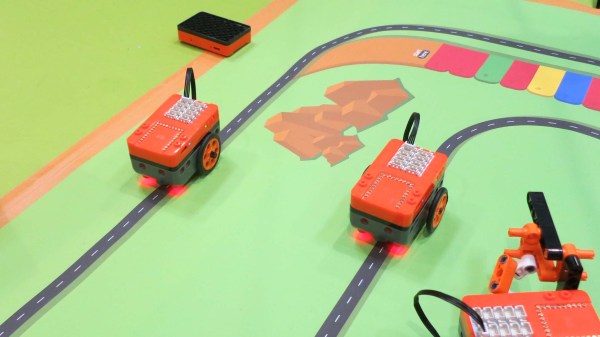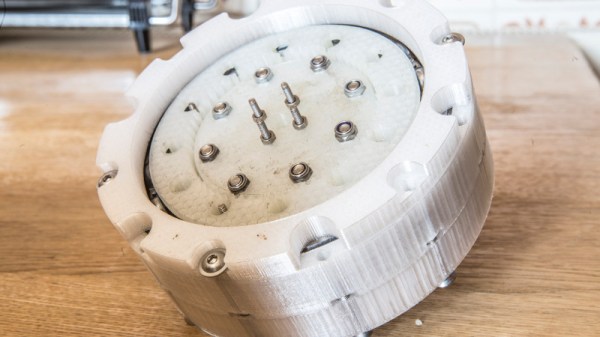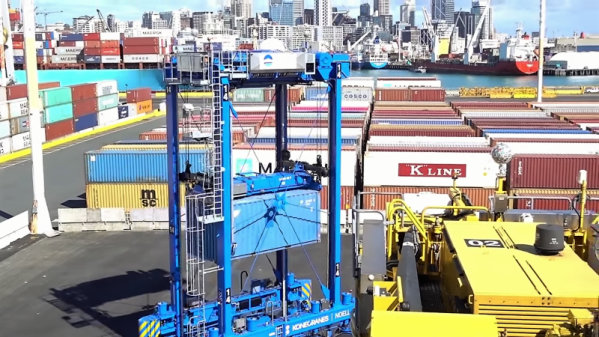The works of Shakespeare, Goethe, and Cervantes combined do not equal the genius of Rick And Morty. Actually, the word ‘genius’ is thrown around a bit too much these days. Rick and Morty has surpassed genius. This cartoon is sublime. It is beyond any art that could be created. Now, you might not have a high enough IQ to follow this, but Rick and Morty is, objectively, the best art that can be produced. It just draws upon so much; Rick’s drunken stammering is a cleverly hidden allusion to Dostoevsky’s Netochka Nezvanova, absolutely brilliantly providing the back-story to Rick’s character while never actually revealing anything. Now, you’re probably not smart enough to understand this, but Teenage Engineering is releasing a Rick and Morty Pocket Operator. Only the top percentages of IQs are going to understand this, but this is game-changing. Nothing like this has ever been done before.
The Microsoft IntelliMouse Explorer 3.0 is the high water mark of computer peripheral design. Originally released in 2003, the IntelliMouse Explorer 3.0 was an instant classic. The design is nearly two decades old, but it hasn’t aged a day. That said, mouse sensors have gotten better in the years since, and I believe the original tooling has long worn out. Production of the original IntelliMouse Explorer 3.0 stopped a long time ago. Microsoft tried to revive the IntelliMouse a few years ago using a ‘BlueTrack’ sensor that was ridiculed by the gaming community. Now Microsoft is reviving the IntelliMouse with a good sensor. The Pro IntelliMouse is on sale now for $60 USD.
It has come to my attention that wooden RFID cards exist. This shouldn’t come as a surprise to anyone because wood veneer exists, thin coils of wire exist, and glue exists. That said, if you’re looking for an RFID card you can throw in the laser cutter for engraving, or you just want that special, home-made touch, you can get a wooden RFID card.
Lego has just released an Apollo Lunar Lander set, number 10266. It’s 1087 pieces and costs $99. This is a full-scale (or minifig-scale, whatever) Apollo LEM, with an ascent module detachable from the descent module. Two minifigs fit comfortably inside. Previously, the only full-scale (or, again, minifig-scale) Apollo LEM set was 10029, a Lego Discovery kit from 2003 (original retail price $39.99). Set 10029 saw a limited release and has since become a collectible: the current value for a new kit is $336. The annualized ROI of Lego set 10029-1 is 13.69%, making this new Apollo LEM set a very attractive investment vehicle. I’m going to say this one more time: Lego sets, and especially minifigs, are one of the best long-term investments you can make.
A Weinermobile is for sale on Craigslist. Actually, it’s not, because this was just a prank posted by someone’s friends. Oh, I wish I had an Oscar Mayer Weinermobile.
Rumors are swirling that Apple will release a new Mac Pro at WWDC this week. Say what you will about Apple, but people who do audio and video really, really like Apple, and they need machines with fast processors and good graphics cards. Apple, unfortunately, doesn’t build that anymore. The last good expandable mac was the cheese grater tower, retired in 2013 for the trash can pro. Will Apple manage to build a machine that can hold a video card? We’ll find out this week.



















